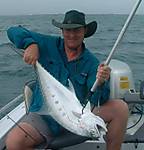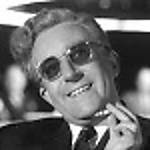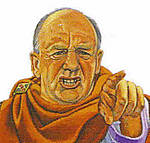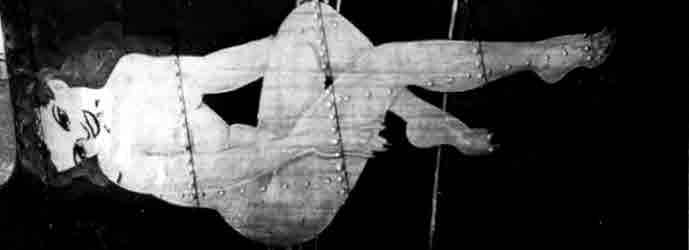I am building the aircraft to resemble one flown off either the Shokaku or Zuikaku during either the Battle of Eastern Solomons or the Battle of Santa Cruz. I think aircraft on those ships were probably fairly well maintained so I plan to go with light to moderate weathering. I am building this mostly out of box using only Quickboost's exhaust, and HGW seatbelt and Eduard Canopy masks. I also plan to do a limited amount of scratch building to the engine and cockpit.
I have been working on the build since 01 Feb and have made a lot of progress due to being off work for three weeks so there are going to be several posts right off the mark.
In a departure from my normal building routine I started the build in the engine. I made some of the flat braces that are top of several of the cylinder heads out of evergreen strip. The handle like items on the upper fronts of most of the cylinder heads were made out of copper electrical wire. Finally, I made a ignition wiring harness out of the same electrical wire. I glued two of the wires together making 14 sets and used some Tamiya tape cut into strips and super glued to the wire sets to replicate "wire bundles" I guess. I drilled small holes both the ignition hoop and the front and rear of each cylinder head. This has been a very long post so I will only post a couple photos showing the parts primed and painted.








































































